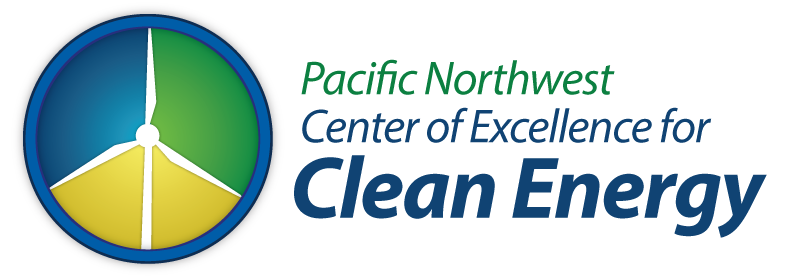System Operator
The System Operator controls the stream of electricity; coordinating, regulating, and distributing electricity. They also operate circuit breakers, record readings from a map board, communicate with power plant operators and energy traders, and foresee the need for power changes due to changes in weather conditions. System operators typically work in control rooms, sitting or standing at a control station. This work requires constant attention.
Also known as: Control Operator, Distribution Dispatcher, Electric System Operator, Power System Dispatcher, Power System Operator, Transmission System Operator
Pay Scale
$121,510 in 2021 in WA
$121,510 in 2021 in WA
Education
High School Diploma & long-term on-the-job training
Projected Opportunities
40 through 2030 in WA
800 through 2031 in U.S.
Career Path
The career path for a system operator begins with a high school diploma and entry-level job, such as a helper position. From there they move into a system operator trainee position for long-term on-the-job training before becoming a system operator. Advancement opportunities exist with becoming a trainer, and further to senior power dispatcher.

Training & Requirements
Training
Some utilities offer an apprenticeship for system operator trainees, and others provide long-term on-the-job training. At the end of the training or apprenticeship you must take the certification test through the North American Electric Reliability Corporation (NERC), and must maintain that certification with on-going training.
Required Skills
- Knowledge of electrical theory
- Ability to analyze and resolve problems
- Coordinate a variety of tasks and assignments simultaneously while managing multiple complex functions
- Work rotating shifts
- Computer system usage, such as SCADA and PC applications
- Knowledge of telemetering, line construction, substation equipment, supervisory control, and relay systems
Responsibilities
- Coordinate with engineers, planners, field personnel, and other workers to provide information
- Distribute and regulate the flow of power between entities- such as generating stations, substations, distribution lines, and users
- Respond to emergencies (such as transformer or transmission line failures) and route current around affected areas
